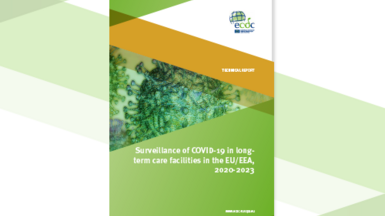Ebola emergency preparedness in EU Member States: Conclusions from peer-review visits to Belgium, Portugal and Romania
This report presents the main characteristics of Ebola emergency preparedness in three EU Member States. Findings are organised in five sections: preparedness planning, organisational structures, recourses and capacities, intersectoral and cross-border collaboration, and country-specific findings.
Executive summary
The report presents the main strengths and vulnerabilities of Ebola emergency preparedness in the three countries. The findings are organised in five sections: preparedness planning, organisational structures, resources and capacities, intersectoral and cross-border collaboration, and country-specific findings.
Preparedness planning was built upon past incidents/experience. The countries used the knowledge and experience on health threats accumulated over the last ten years on respiratory diseases: SARS, the A(H1N1) pandemic, MERS-CoV, and avian influenza.
Public health structures were supported by crisis management systems, and specific structures or functions were established or designated to coordinate Ebola preparedness and response.
In terms of resources and capacities, all three countries have a pool of highly motivated experts, and the public health authorities have invested in providing extensive instructions on applying procedures and guidelines.
Intersectoral and cross-border collaboration were enhanced: preparedness plans for non-health sectors such as civil protection and border control have been developed by the three EU Member States. Additionally, they have invested in aviation, border control, ambulance services, and civil protection sectors, and agreed on a system for medical evacuation.
The review of the findings identified a large degree of similarity in the challenges faced in preparing for possible Ebola cases. These were mainly related to the use of case definitions, the availability of staff and resources, and the interoperability of plans between sectors.








